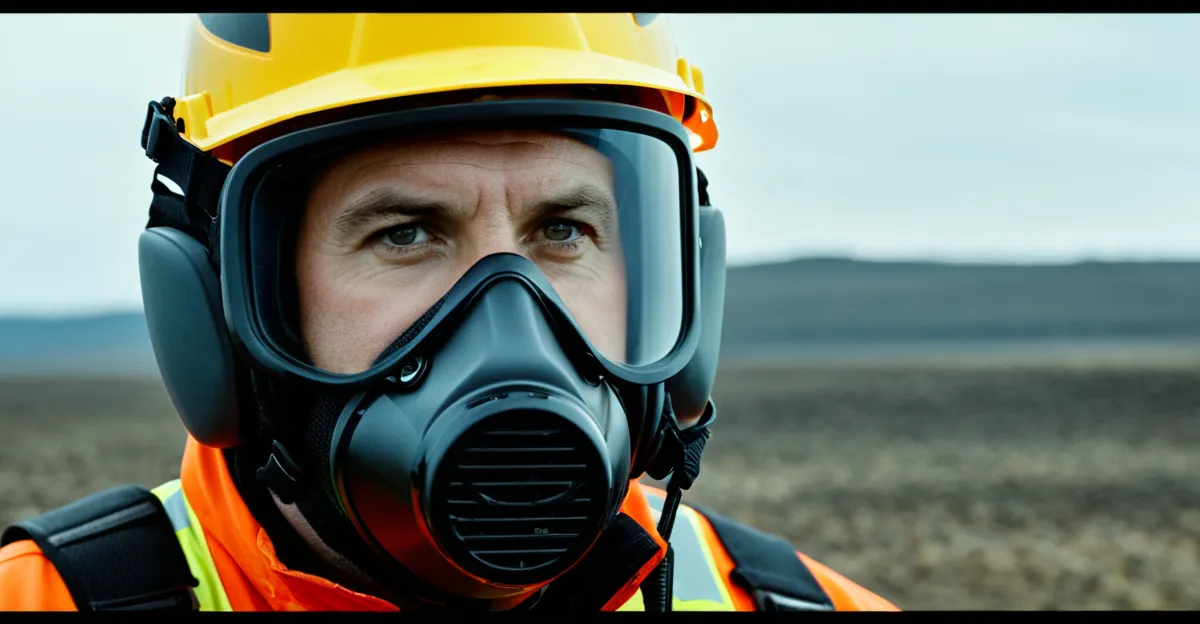Selecting a safety equipment supplier demands careful evaluation of product range, quality, and service reliability. Understanding the options available—from PPE essentials to specialized protective gear—ensures compliance and protection. This guide helps identify suppliers that combine extensive inventory with trusted certifications, competitive pricing, and responsive delivery, empowering businesses to make informed choices for workplace safety.
Directory of Leading Safety Equipment Suppliers and Immediate Buying Considerations
When searching for a reliable safety equipment supplier, businesses across the UK and Europe benefit from a robust network catering to a wide spectrum of workplace needs. The top suppliers make it easy to connect via direct online channels, ensuring fast responses for essential gear including first aid kits, branded workwear, high-visibility clothing, fire safety tools, and respiratory protection. Many supply chains support both standard and highly specialized sectors—construction, healthcare, food processing, and chemical industries—by offering everything from disposable PPE and industrial work boots to arc-flash suits and spill control kits.
Have you seen this : What Are the Key Indicators of Success in the UK Business Sector?
Suppliers often feature product customization such as company logo embroidery and custom color selections for team visibility. Reputable distributors hold certifications like ISO, EN, or ANSI, providing additional peace of mind regarding product compliance and worker protection.
Ordering can be streamlined through user-friendly online marketplaces, with options for bulk purchasing, flexible payment methods, fast order confirmations, and free delivery above defined minimum values. Contact points are designed for both small firms and large corporations, offering multilingual support, ongoing customer service, and industry-specific advice, making supplier selection seamless for buyers prioritizing both efficiency and compliance in 2025.
In the same genre : How Can Small Businesses in the UK Innovate During Economic Downturns?
Evaluating Supplier Quality, Certifications, Sustainability, and Industry Expertise
Verifying Supplier Certifications and Regulatory Compliance
Precision first: Confirm the supplier demonstrates valid ISO, EN, or relevant industry certifications for branded and certified safety gear. This verification ensures that all industrial safety supplies—whether high visibility clothing, compliance PPE kits, or fire safety gear—meet legal and safety benchmarks required in 2025. Only choose distributors able to produce clear documentation of their certifications and ongoing compliance support. Evidence of regular external audits and up-to-date product testing offers further reassurance that equipment meets statutory obligations across industries.
Assessing Supplier Expertise, Transparency, and Support
Beyond credentials, review the supplier’s track record and depth of sector experience. Quality suppliers will transparently share their supply chain processes, offer detailed PPE compatibility advice, and maintain open channels for after-sales service and repair. Examining supplier ratings, industry awards, and customer feedback—such as Trustpilot scores—may provide additional insight into reliability. Timely order fulfillment and comprehensive support for both bulk PPE supply and tailored solutions indicate a supplier’s operational strength.
Sustainability, Innovation, and Ethical Standards
Prioritize partners that demonstrate commitment to eco-friendly and sustainable safety products. Investigate initiatives covering emissions reduction, responsible sourcing standards, and innovation in reusable or circular safety gear. Ethical supply chain management, transparent carbon reporting, and recognition from sustainability authorities showcase leadership in balancing worker safety with environmental responsibility.
Matching Safety Equipment Offerings to Specific Industry Needs and Procurement Best Practices
Identifying Workplace Hazards and Compiling a Tailored PPE and Safety Equipment Checklist
The SQuAD method for hazard identification begins with a detailed workplace risk assessment: identify threats, map out each task, and record exposure levels. Precision depends on how accurately actual hazards align with selected protective measures. Expand the hazard evaluation to cover chemicals, electrical tasks, heights, confined spaces, and biological risks. Compile a bespoke checklist using categories like respiratory protective devices, safety helmets, anti-slip footwear, and site safety kits. For industries such as electrical maintenance or laboratory settings, factor in specialized gear—flame retardant clothing or chemical splash goggles, for instance. Use workplace hazard assessment tools to formalize the process, ensuring every potential danger is matched with compliant equipment.
Comparing Costs: Unit Price vs. Total Cost of Ownership
Assess unit prices, but prioritize total cost of ownership: factor in product lifespan, serviceability, bulk purchase discounts, and PPE rental options. For example, investing up front in quality safety boots or reusable masks often proves more cost-effective than frequent replacement. Consider maintenance and scheduled inspections in the cost equation for items like harnesses or powered respirators—these can impact both budgeting and long-term safety compliance.
Contract Negotiation, Ordering, and Integrating Service
Securing ongoing compliance requires well-defined contracts: specify pricing terms, delivery schedules, and ongoing support for equipment like helmets or fire extinguishers. Integrate service and maintenance plans directly into procurement, covering periodic checks, calibration, and repair. This proactive approach builds a sustainable, safety-centric workplace infrastructure.






